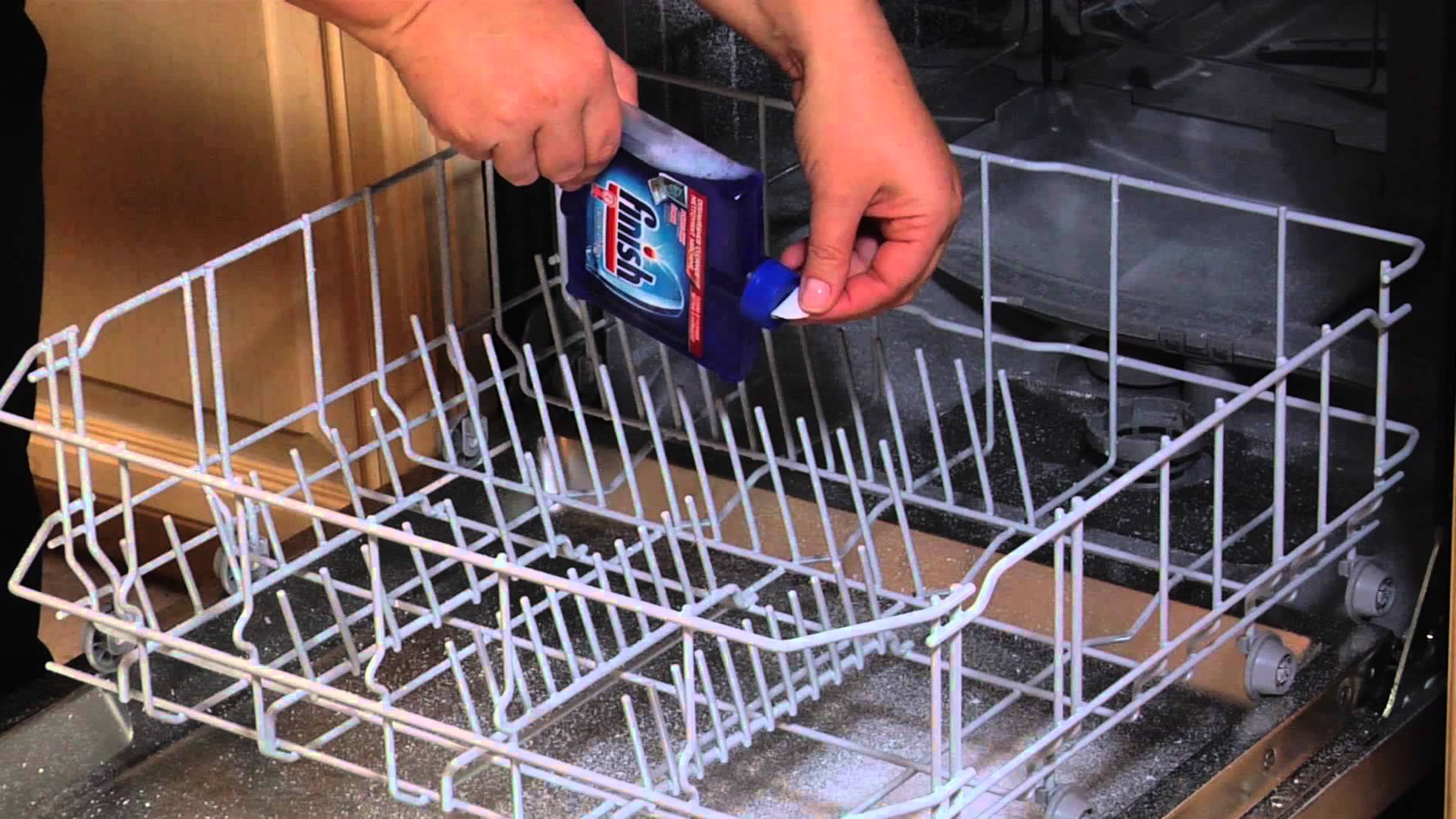

Articles
How To Clean Inside Of Dishwasher
Modified: February 27, 2024
Learn the best methods and tips for cleaning the inside of your dishwasher thoroughly. Discover articles packed with helpful advice and step-by-step instructions.
(Many of the links in this article redirect to a specific reviewed product. Your purchase of these products through affiliate links helps to generate commission for Storables.com, at no extra cost. Learn more)
Introduction
The dishwasher is an essential appliance in any modern kitchen, taking care of the dirty dishes and saving us valuable time and effort. However, over time, the inside of the dishwasher can accumulate residue, food particles, and mineral deposits, which can affect its performance and cleanliness.
In order to keep your dishwasher running smoothly and ensure sparkling clean dishes, it’s important to clean the inside of the dishwasher regularly. In this article, we will guide you through the step-by-step process of cleaning the inside of your dishwasher, from removing debris to giving it a deep clean cycle.
By following these instructions, you will be able to maintain the efficiency of your dishwasher, prevent unpleasant smells, and improve the longevity of the appliance. So, let’s get started with the first step!
Key Takeaways:
- Regularly cleaning the inside of your dishwasher, including removing debris, cleaning spray arms, and maintaining the filter, ensures optimal performance and sparkling clean dishes.
- Running a cleaning cycle, wiping down the exterior, and following manufacturer’s guidelines for maintenance prolongs the lifespan and efficiency of your dishwasher.
Read more: How To Clean The Inside Of Toaster
Step 1: Remove any visible debris
Before you begin the cleaning process, it’s important to remove any visible debris from the inside of your dishwasher. This includes food scraps, large particles, and any other foreign objects that may have accumulated over time.
Start by removing the bottom rack of the dishwasher to gain access to the drain area. Inspect the drain and remove any debris that you find, such as food particles, pieces of broken glass, or utensils that may have fallen into the dishwasher.
Use a soft brush or a toothbrush to scrub the areas around the drain and remove any stubborn residue. Be careful not to scratch the surface or dislodge any components.
Next, check the spinning arms of the dishwasher. These arms distribute water and detergent during the wash cycle, so it’s important to ensure they are free from any obstructions. Look for clogs or build-up in the holes of the spray arms and use a toothpick or a small brush to clear them out.
Additionally, check the edges and corners of the dishwasher for any accumulated debris. Wipe these areas with a damp cloth or sponge to remove any dirt or grime.
Once you have removed all visible debris, it’s time to move on to the next step in the cleaning process. Cleaning the spray arms will help ensure proper water circulation and efficient cleaning. Let’s proceed to step 2!
Step 2: Clean the spray arms
The spray arms of your dishwasher play a crucial role in distributing water and detergent to effectively clean your dishes. However, over time, they can become clogged with food particles and mineral deposits, which can hinder their performance.
To clean the spray arms, start by removing them from the dishwasher. Depending on the model of your dishwasher, the spray arms can be either snapped off or screwed on. Refer to your dishwasher’s manual for specific instructions.
Once you have removed the spray arms, rinse them under running water to remove any loose debris. Inspect the spray arm holes and clear any clogs using a toothpick or a small brush. Be thorough in removing any stubborn particles that may have accumulated.
For stubborn mineral deposits, you can soak the spray arms in a mixture of vinegar and water. Fill a bowl or sink with equal parts of vinegar and water, and let the spray arms soak for about 15-20 minutes. This will help dissolve the deposits and make it easier to clean.
After the soaking period, scrub the spray arms gently with a soft brush or sponge to remove any remaining residue. Rinse them thoroughly under running water to ensure all traces of vinegar and debris are removed.
Once the spray arms are clean, reattach them to the dishwasher following the instructions in your dishwasher’s manual. Ensure they are securely fixed in place to prevent any wobbling or detachment during operation.
With the spray arms clean and functioning properly, it’s time to move on to the next step in the cleaning process. We will now focus on cleaning the filter, which is essential for a well-maintained dishwasher. Let’s proceed to step 3!
Step 3: Clean the filter
The dishwasher filter plays a crucial role in trapping and removing food particles, debris, and other impurities from the water during the washing cycle. Over time, however, the filter can become clogged, affecting the dishwasher’s performance and the cleanliness of your dishes.
To clean the filter, start by locating it in your dishwasher. The filter is usually located at the bottom of the dishwasher, near the back or front. Refer to your dishwasher’s manual if you’re unsure about the exact location.
Once you’ve located the filter, remove it carefully. In most dishwashers, the filter can be removed by twisting it counterclockwise or lifting a handle.
Once the filter is removed, rinse it under running water to remove any loose debris or food particles. Gently scrub the filter with a soft brush to dislodge any stubborn residue.
If the filter is heavily clogged or has stubborn residue, you can soak it in warm soapy water for about 10-15 minutes. This will help loosen and dissolve the debris, making it easier to clean.
After soaking or rinsing, rinse the filter again under running water to remove any soap or remaining debris. Inspect the filter for any damage. If it’s damaged, it’s advisable to replace it with a new one to ensure optimal performance.
Once the filter is clean and dry, reinsert it into the dishwasher, making sure it fits snugly in place. Follow the instructions in your dishwasher’s manual to ensure correct placement.
With a clean and properly functioning filter, your dishwasher is now ready for the next step in the cleaning process. We will focus on removing and cleaning the racks to ensure they are free from dirt and residue. Let’s move on to step 4!
Step 4: Remove and clean the racks
The racks in your dishwasher are designed to hold your dishes in place during the cleaning cycle. Over time, however, they can accumulate dirt, residue, and even mold. Cleaning the racks is an important step to ensure the cleanliness of your dishes and the efficiency of your dishwasher.
To remove the racks, start by pulling them out as far as they will go. Look for any clips or levers that may be securing the racks in place. Release the clips or levers to detach the racks from the dishwasher’s guides.
Once the racks are detached, inspect them for any visible debris or food particles. Use a soft brush or sponge to brush off any loose dirt. If you notice any stubborn stains, you can use a mild dish soap or a paste of baking soda and water to gently scrub the affected areas.
For racks with removable parts, such as utensil holders, remove them and clean them separately. Soak them in warm soapy water, scrub them gently, and rinse thoroughly.
If you notice any mold or mildew on the racks, you can use a mixture of equal parts vinegar and water to disinfect and remove the mold. Apply the mixture to the affected areas and let it sit for a few minutes before scrubbing and rinsing.
Once you have cleaned the racks and any removable parts, rinse them thoroughly to remove any soap residue. Inspect the racks for any damage or rust. If you notice any damage, it’s advisable to replace them to prevent any further issues.
After the racks are clean and dry, carefully slide them back into place, ensuring they align with the guides and securely lock into position. Test the movement of the racks to ensure they slide smoothly without any obstructions.
With the racks clean and back in place, we can now move on to cleaning the door and gasket of the dishwasher. Let’s proceed to step 5!
To clean the inside of your dishwasher, remove any debris from the bottom, then place a dishwasher-safe bowl filled with white vinegar on the top rack and run a hot water cycle. Finally, sprinkle baking soda on the bottom and run another hot water cycle for a fresh and clean dishwasher.
Read more: How To Clean Inside Of Grill
Step 5: Clean the door and gasket
The door and gasket of your dishwasher are areas that can easily collect dirt, grime, and residue. Cleaning these parts regularly is essential to maintain the cleanliness and efficiency of your dishwasher.
To clean the door and gasket, start by opening the dishwasher door fully. Inspect the door edges, gasket (the rubber seal around the door), and the interior surface for any visible debris or residue.
Begin by wiping the door and gasket with a damp cloth or sponge to remove any loose dirt or grime. Pay close attention to the folds and crevices of the gasket, as these areas tend to trap food particles and residue.
If you notice any stubborn stains or residue, you can create a paste using baking soda and water. Apply the paste to the affected areas and let it sit for a few minutes to help loosen the residue. Gently scrub the areas with a soft brush or toothbrush, then rinse thoroughly.
For stainless steel dishwasher doors, it’s important to use a stainless steel cleaner or mild dish soap specifically designed for stainless steel surfaces. Follow the manufacturer’s instructions for the proper application and wiping technique.
Once you have thoroughly cleaned the door and gasket, take a moment to inspect the gasket for any signs of damage or deterioration. If you notice any cracks, tears, or mold growth, it’s recommended to replace the gasket to ensure a proper seal and prevent leaks.
After cleaning and inspecting the door and gasket, it’s time to move on to the next step in the cleaning process. Running a cleaning cycle will help remove any remaining residue and ensure a fresh and clean dishwasher. Let’s move on to step 6!
Step 6: Run a cleaning cycle
Running a cleaning cycle in your dishwasher is an effective way to remove any remaining residue, eliminate odors, and ensure a fresh and clean interior. This step is especially important if you have followed the previous steps to clean the different components of the dishwasher.
To run a cleaning cycle, start by making sure the dishwasher is empty. Remove any dishes, utensils, or other items that may be inside.
Next, check the detergent dispenser and make sure it is fully filled with an appropriate amount of dishwasher detergent. Refer to the detergent’s packaging for dosage instructions.
Close the dishwasher door securely and select the hottest water setting available. This will help to effectively dissolve any remaining residue and sanitize the interior of the dishwasher.
If your dishwasher has a specific “Cleaning” or “Maintenance” mode, select that option. Otherwise, you can opt for the normal or heavy-duty wash cycle.
Allow the cleaning cycle to run its full course. During this time, the dishwasher will go through a series of wash, rinse, and drain cycles to thoroughly clean the interior and remove any remaining dirt or residue.
Once the cleaning cycle is complete, open the dishwasher door and let it air out for a few minutes. This will help to remove any residual moisture and prevent the growth of bacteria or mold.
Finally, inspect the interior of the dishwasher to ensure that it’s clean and fresh. If you notice any remaining stubborn spots or residue, you can use a soft cloth or sponge to gently wipe them away.
Running a cleaning cycle not only helps to keep your dishwasher clean but also ensures that it operates at its best. With a fresh and clean interior, your dishwasher is now ready for use. Let’s move on to the final step to complete the cleaning process.
Step 7: Wipe down the exterior
While you’ve focused on cleaning the inside of your dishwasher, it’s important not to overlook the exterior. Wiping down the exterior of your dishwasher adds the finishing touch to the cleaning process and helps keep your appliance looking its best.
To wipe down the exterior, start by unplugging the dishwasher to ensure safety. If your dishwasher is built-in or integrated, make sure to turn off the power supply from the circuit breaker before proceeding.
Use a soft cloth or sponge dampened with mild dish soap and warm water to wipe down the exterior surfaces of the dishwasher. Pay attention to areas that regularly come into contact with hands, such as the control panel and door handle.
Avoid using abrasive cleaners or scouring pads, as they can damage the finish of your dishwasher. Stick to non-abrasive cleaning solutions to prevent scratches and maintain the appearance of the appliance.
If your dishwasher has a stainless steel exterior, consider using a stainless steel cleaner specifically designed for this type of surface. Follow the manufacturer’s instructions for proper application and wiping techniques to achieve a streak-free and polished finish.
Once you’ve wiped down the exterior surfaces, use a dry cloth to remove any excess moisture and prevent water spots. This will leave your dishwasher looking clean, shiny, and refreshed.
Finally, plug your dishwasher back in or restore the power supply from the circuit breaker if necessary. Your dishwasher is now clean inside and out, ready for its next use.
Congratulations on completing the cleaning process for your dishwasher! Regular maintenance and cleaning will ensure the longevity and performance of your appliance, as well as provide you with spotless dishes every time.
Remember to refer to your dishwasher’s manual for specific instructions or recommendations from the manufacturer regarding cleaning and maintenance. By following these guidelines, you can enjoy the benefits of a clean and efficient dishwasher for years to come.
We hope this guide has been helpful in assisting you with cleaning the inside of your dishwasher. Thank you for reading, and happy dishwashing!
Conclusion
Keeping the inside of your dishwasher clean is essential for its optimal performance and the cleanliness of your dishes. By following the step-by-step guide outlined in this article, you can ensure that your dishwasher remains in top shape and continues to provide you with sparkling clean dishes.
Remember to regularly remove any visible debris, clean the spray arms, and clear the filter to maintain proper water circulation and filtration. Additionally, take the time to remove and clean the racks, as well as wipe down the door and gasket, to prevent the accumulation of dirt and grime.
Running a cleaning cycle in your dishwasher is an effective way to eliminate any remaining residue and odors, leaving your dishwasher fresh and ready for use. Finally, don’t forget to wipe down the exterior of your dishwasher to complete the cleaning process and maintain its overall appearance.
By incorporating these cleaning steps into your regular maintenance routine, you can keep your dishwasher operating efficiently and prolong its lifespan. Not only will you enjoy spotless dishes, but you’ll also prevent any unpleasant odors or build-up that can affect the quality of your clean.
Refer to your dishwasher’s manual for any specific guidelines or recommendations from the manufacturer to ensure you are properly caring for your specific model.
We hope this comprehensive guide has provided you with the knowledge and confidence to effectively clean the inside of your dishwasher. With regular cleaning and maintenance, you can continue to enjoy the convenience and efficiency of your dishwasher for years to come.
Thank you for reading, and happy dishwashing!
Frequently Asked Questions about How To Clean Inside Of Dishwasher
Was this page helpful?
At Storables.com, we guarantee accurate and reliable information. Our content, validated by Expert Board Contributors, is crafted following stringent Editorial Policies. We're committed to providing you with well-researched, expert-backed insights for all your informational needs.
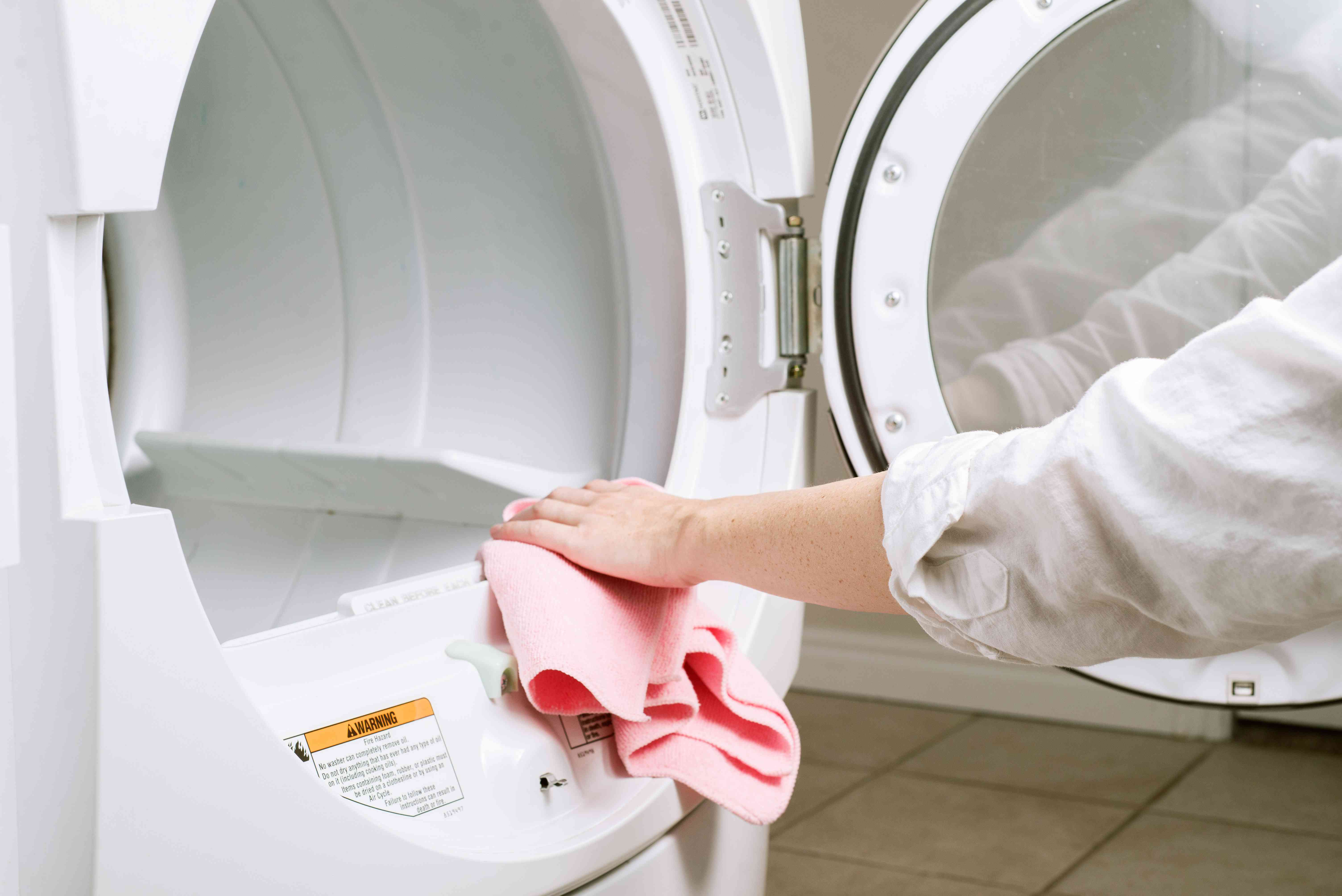
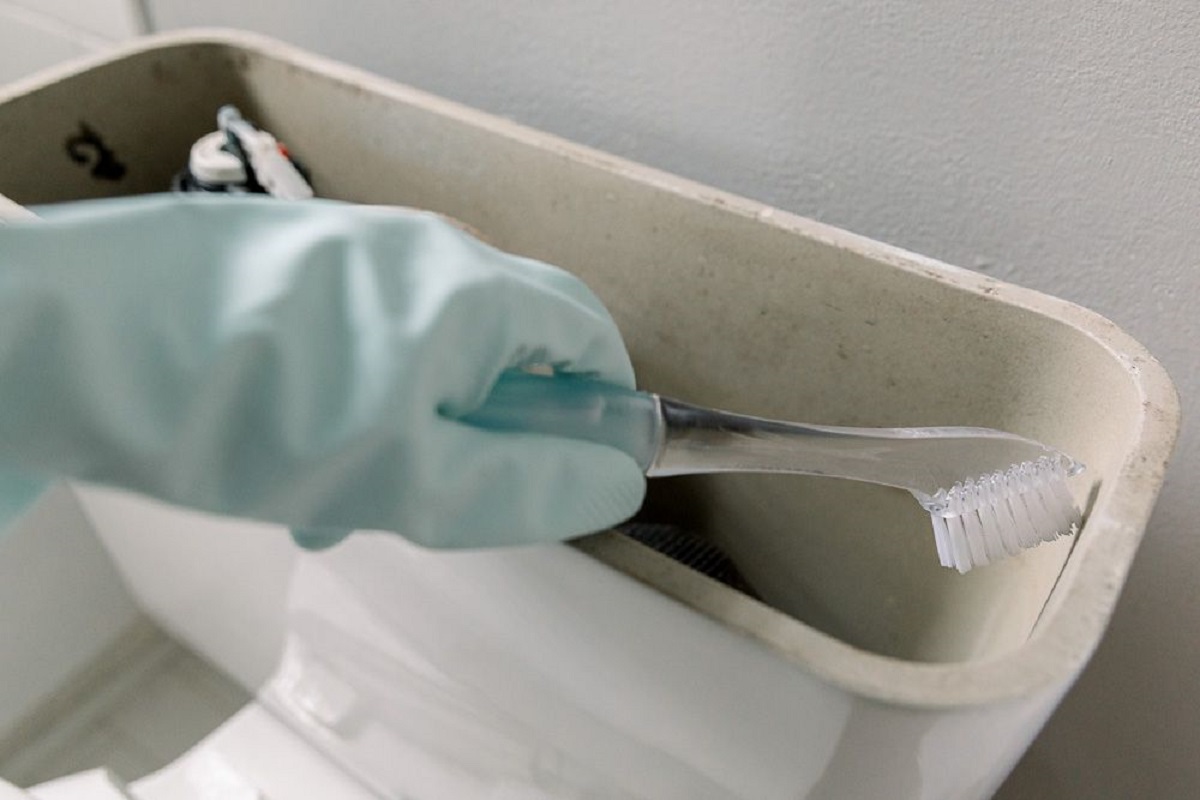
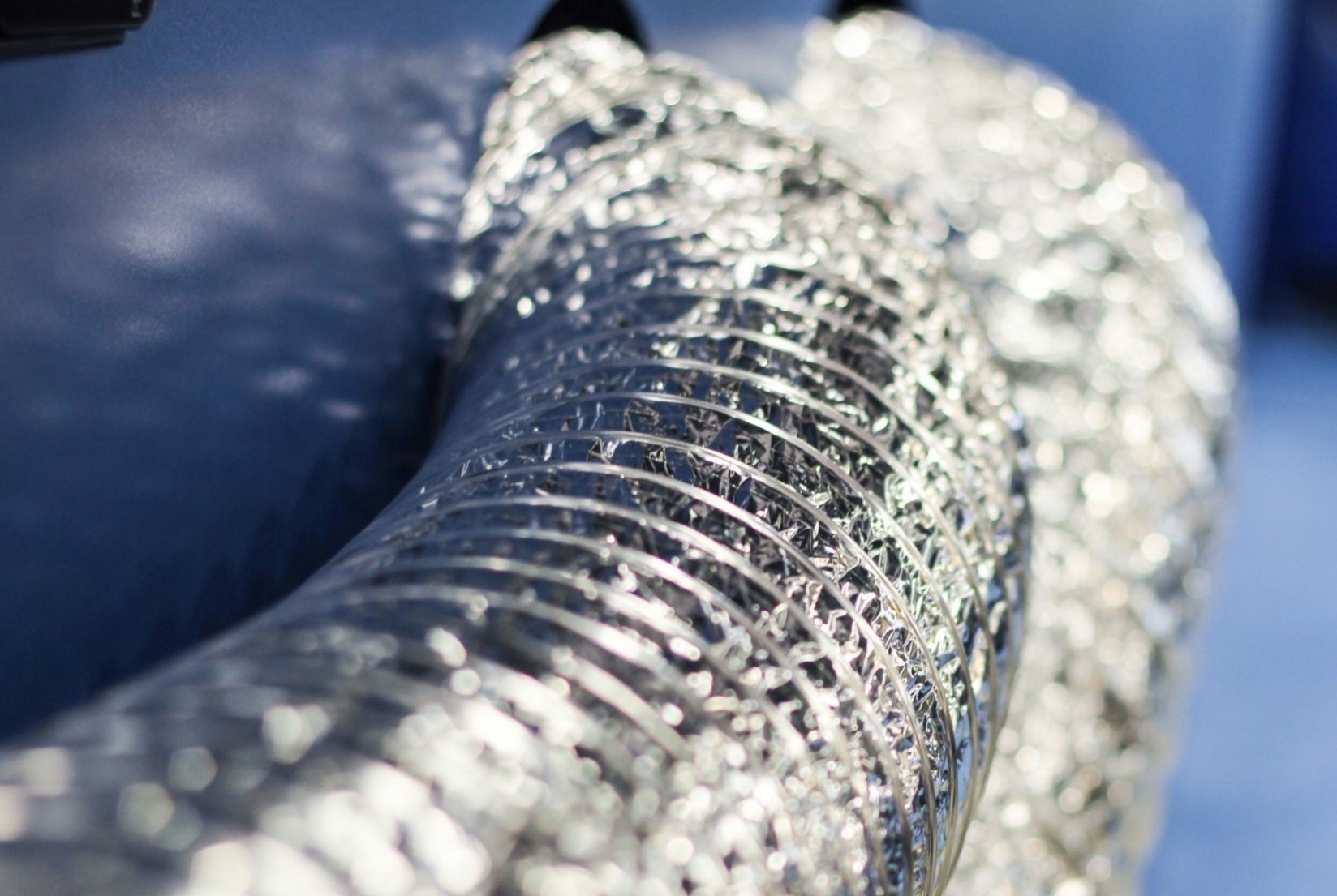
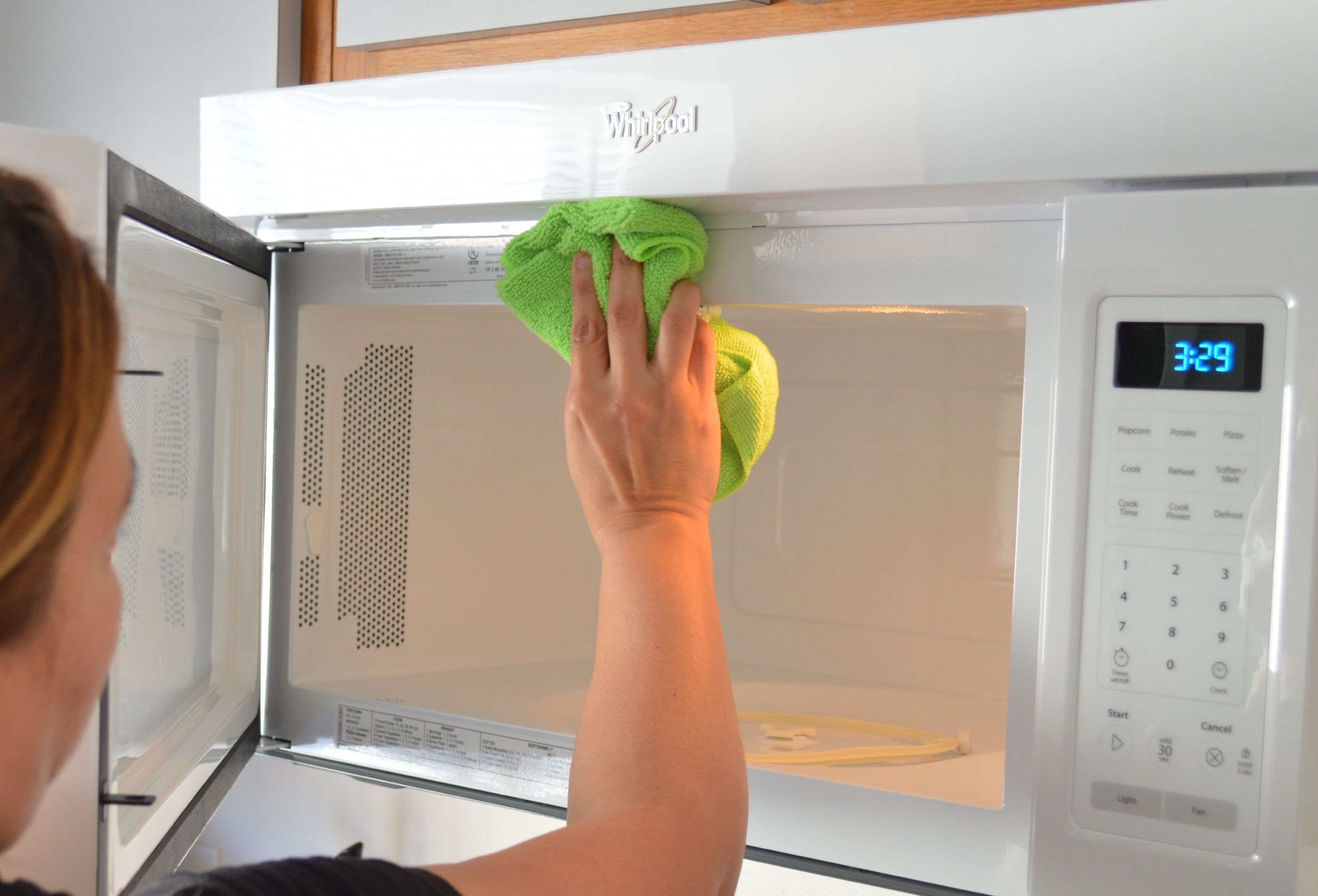

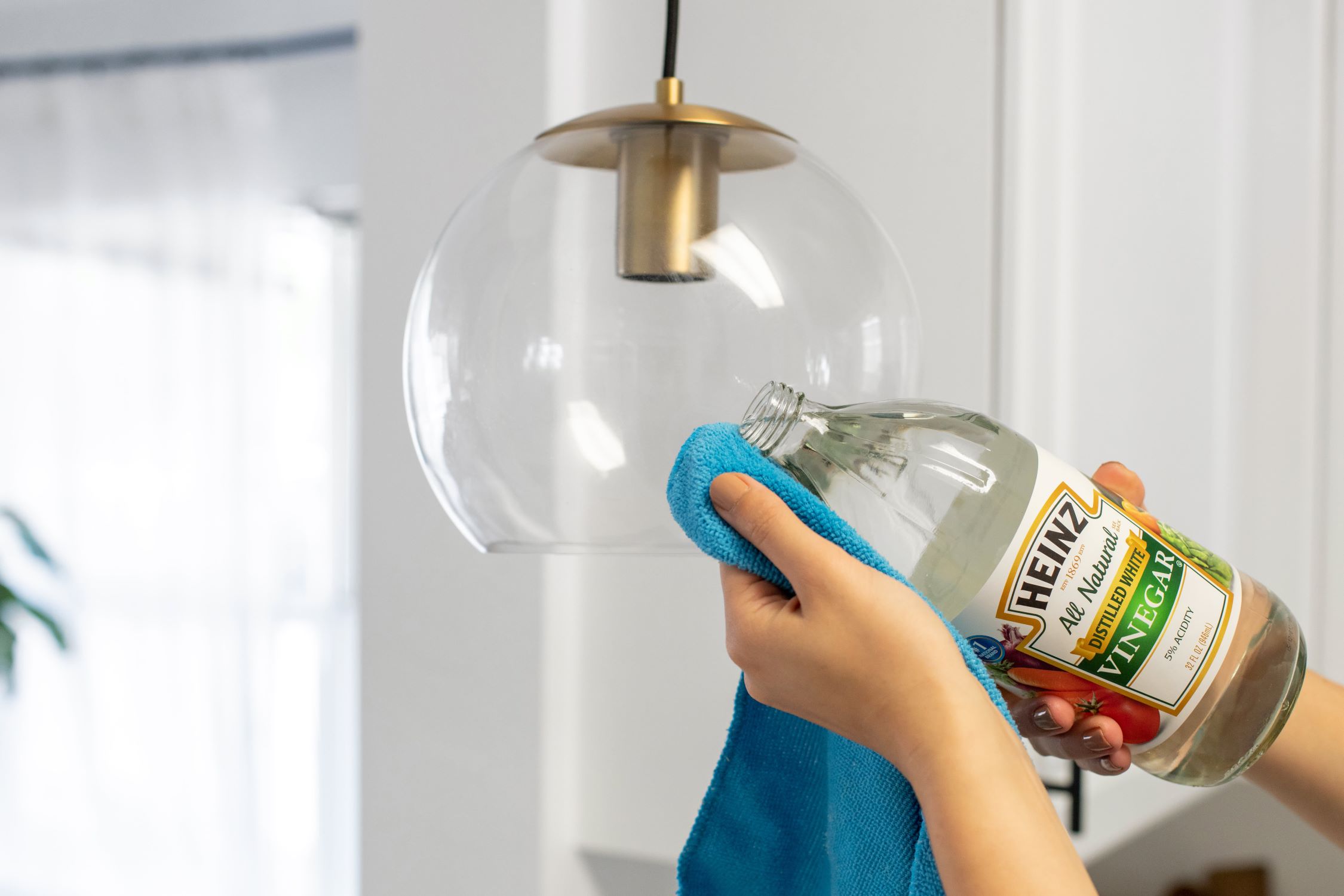
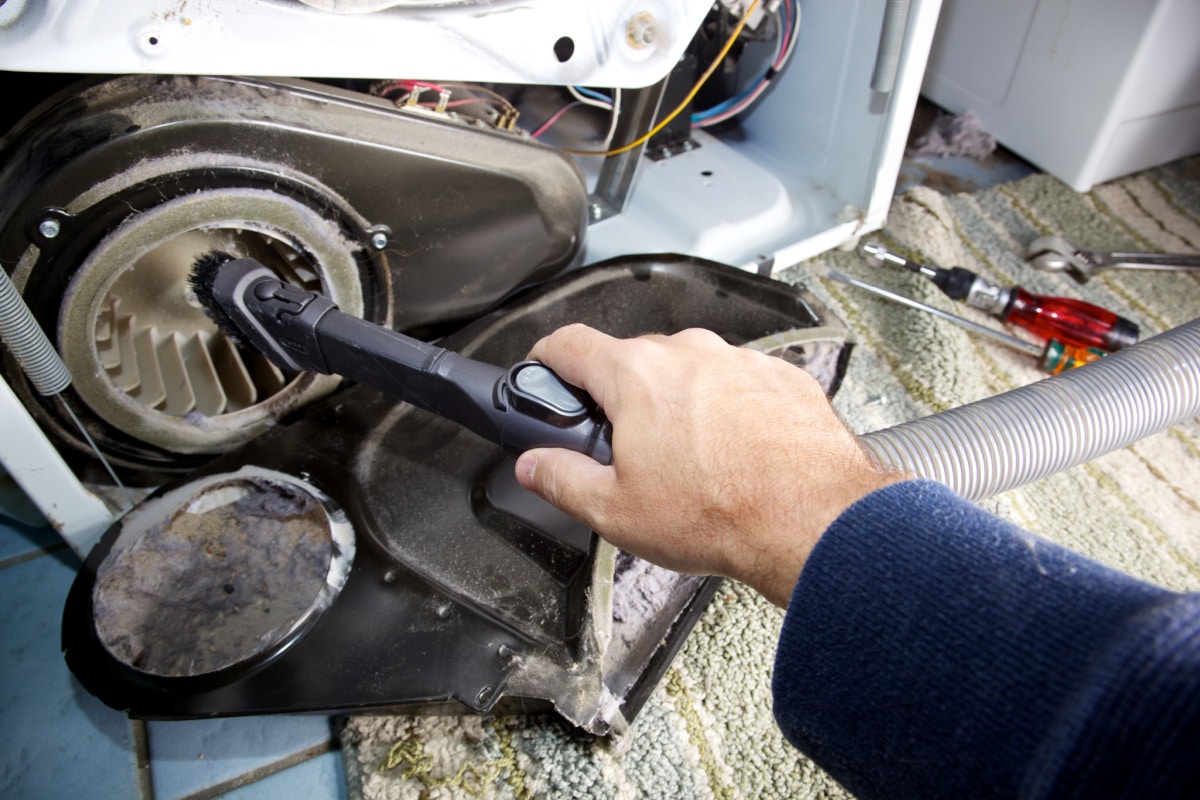
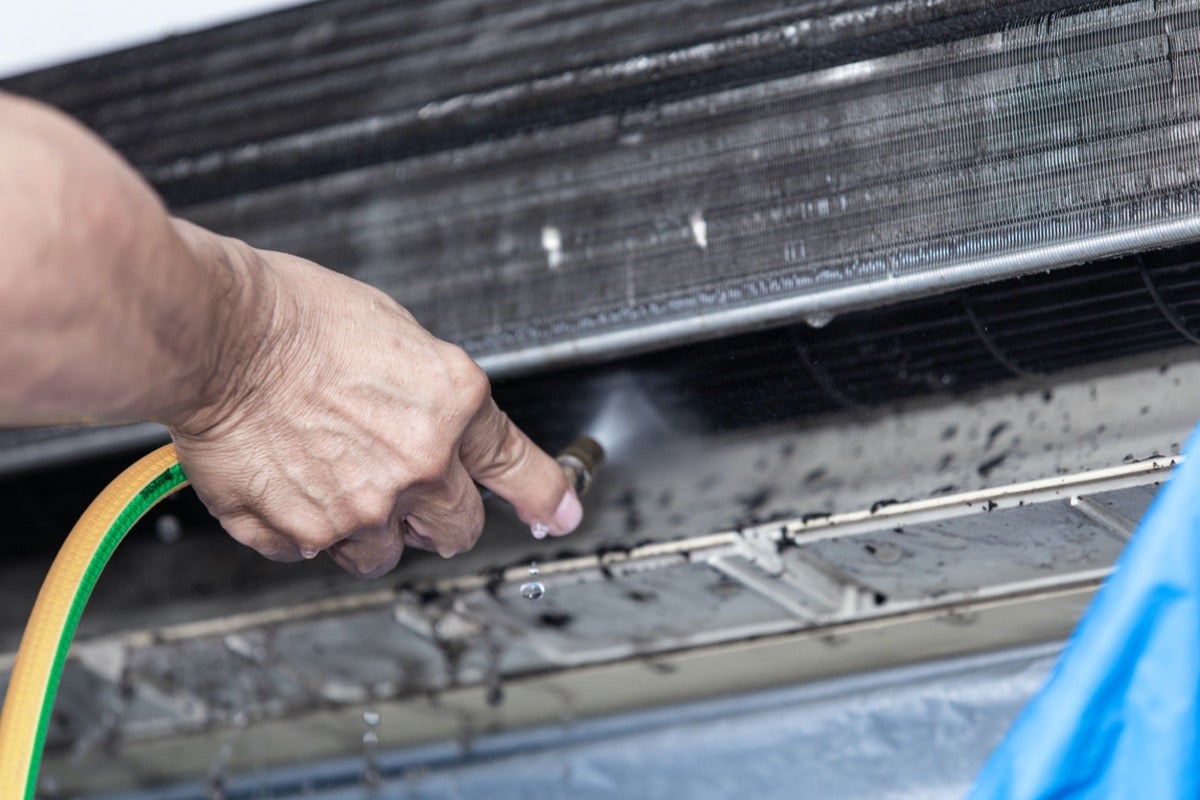
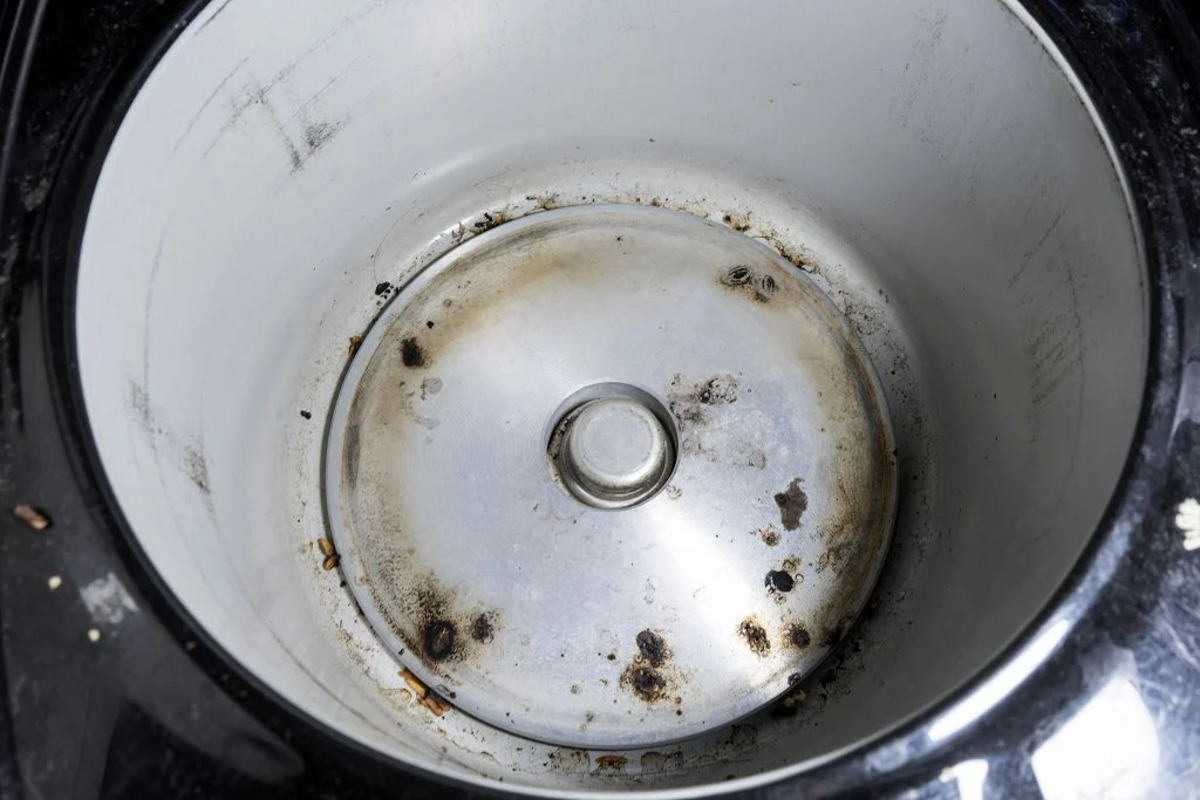
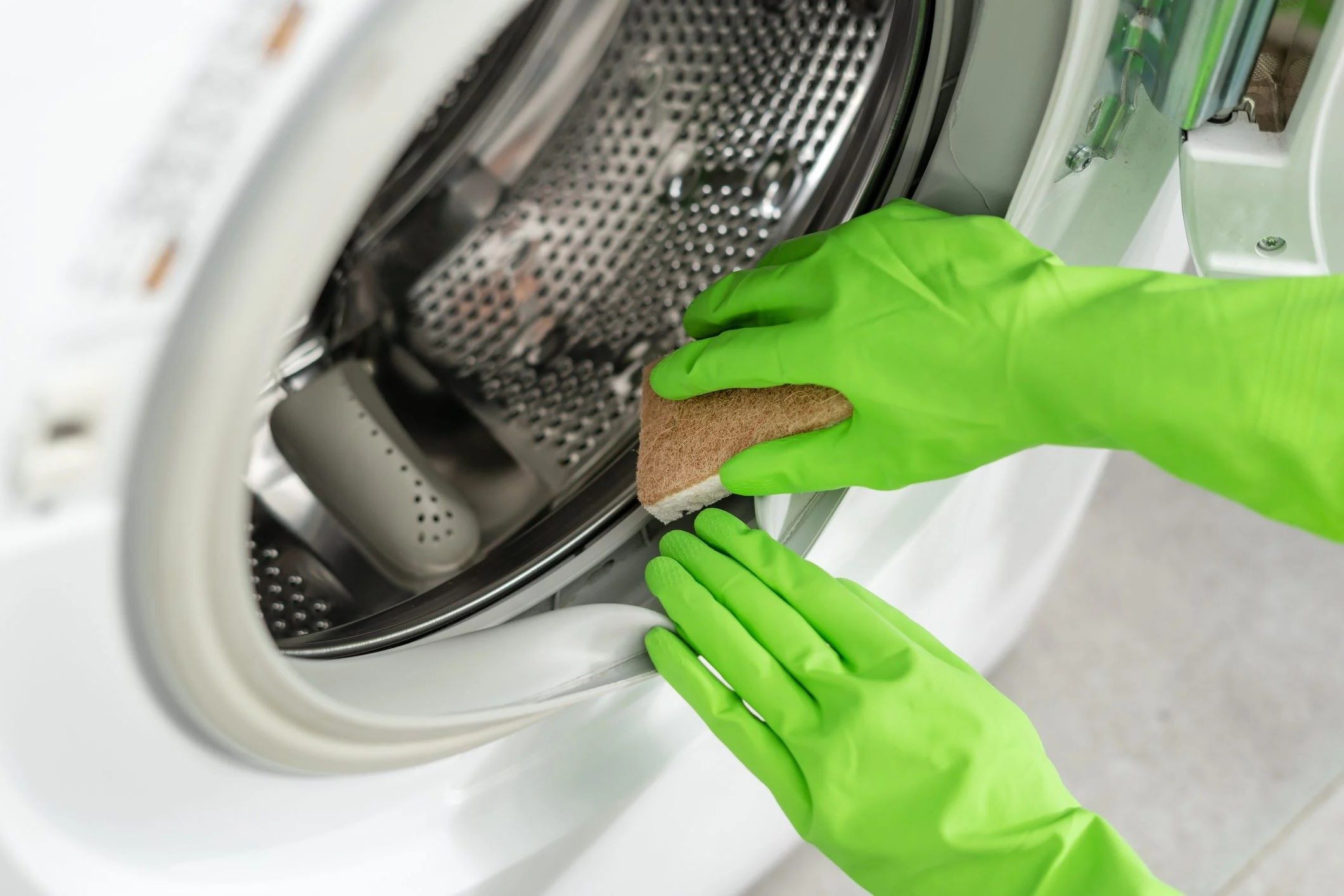
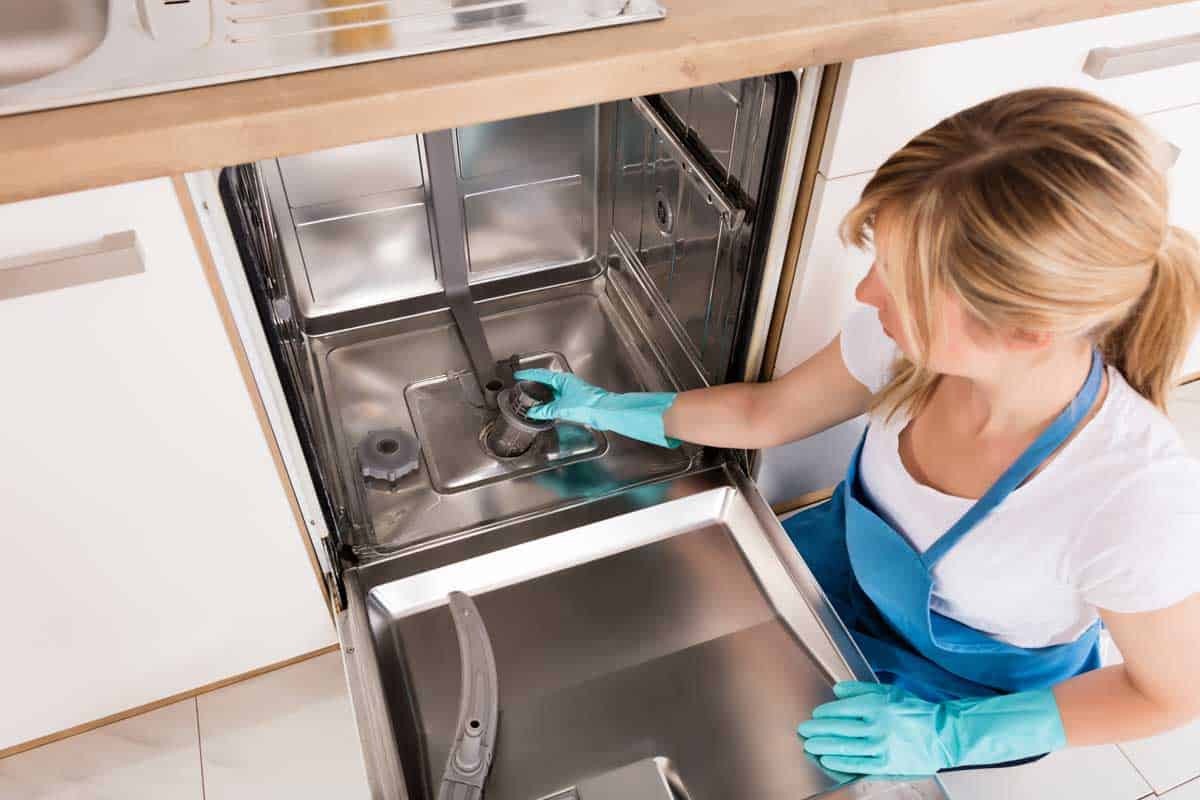
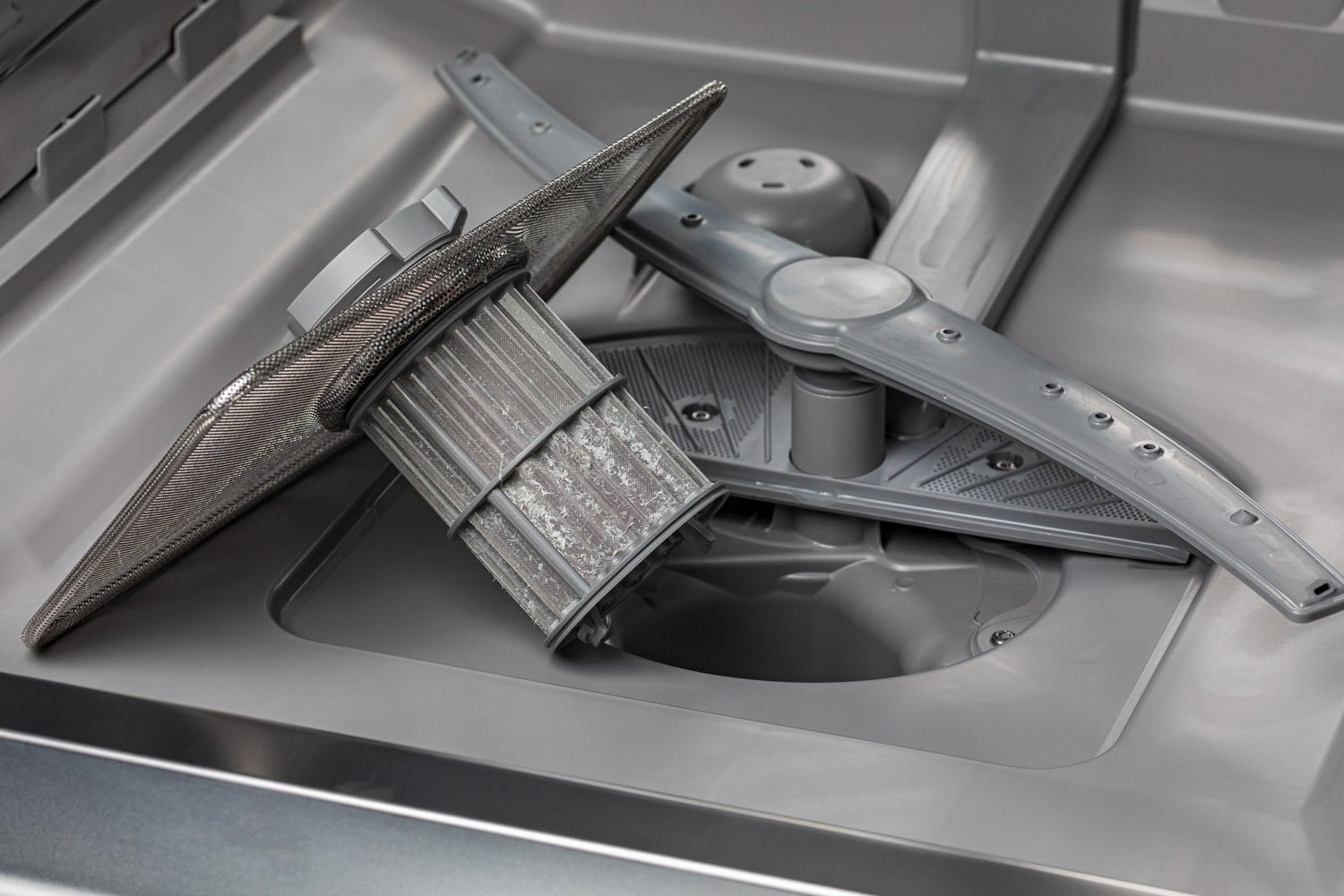
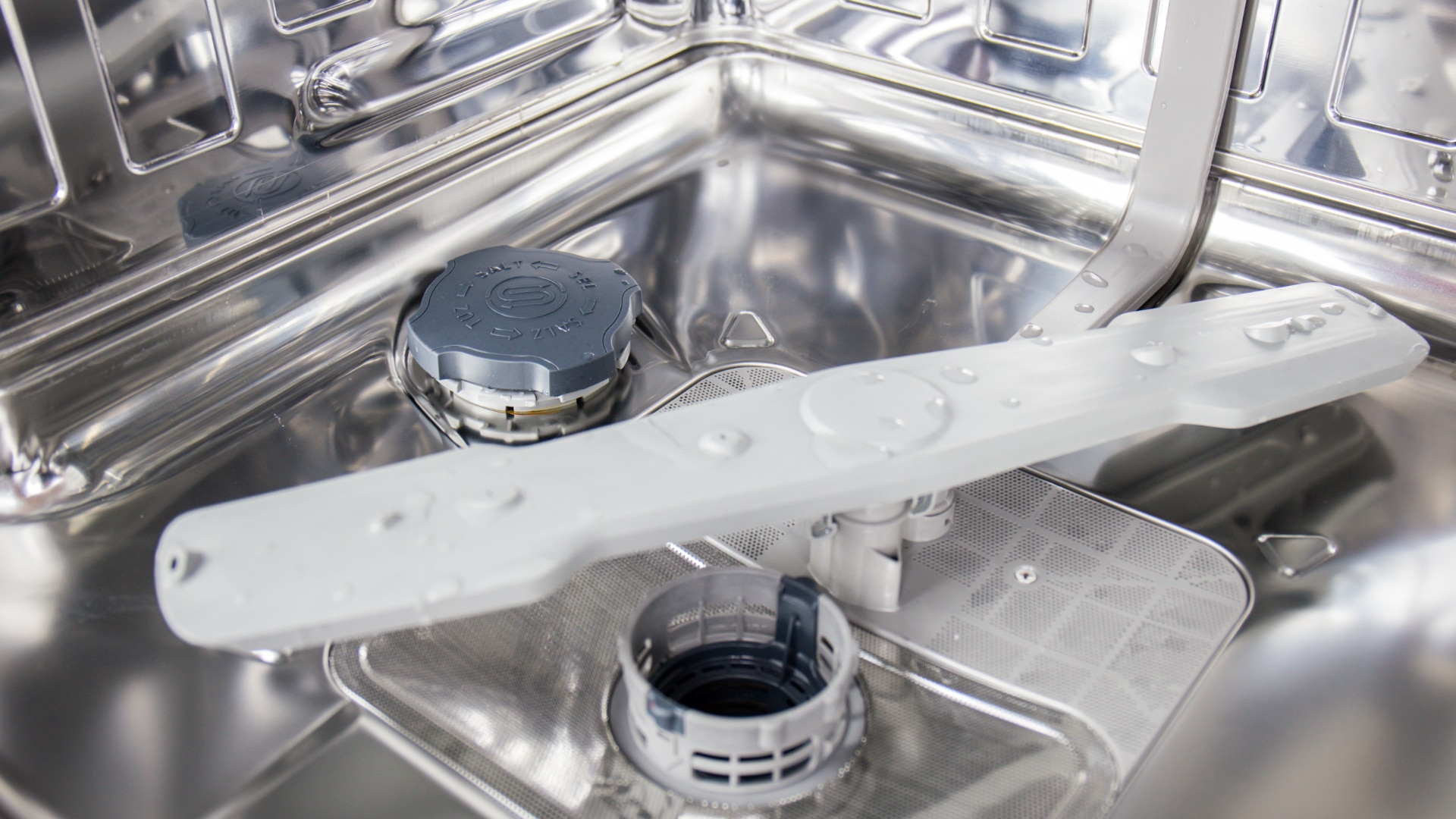
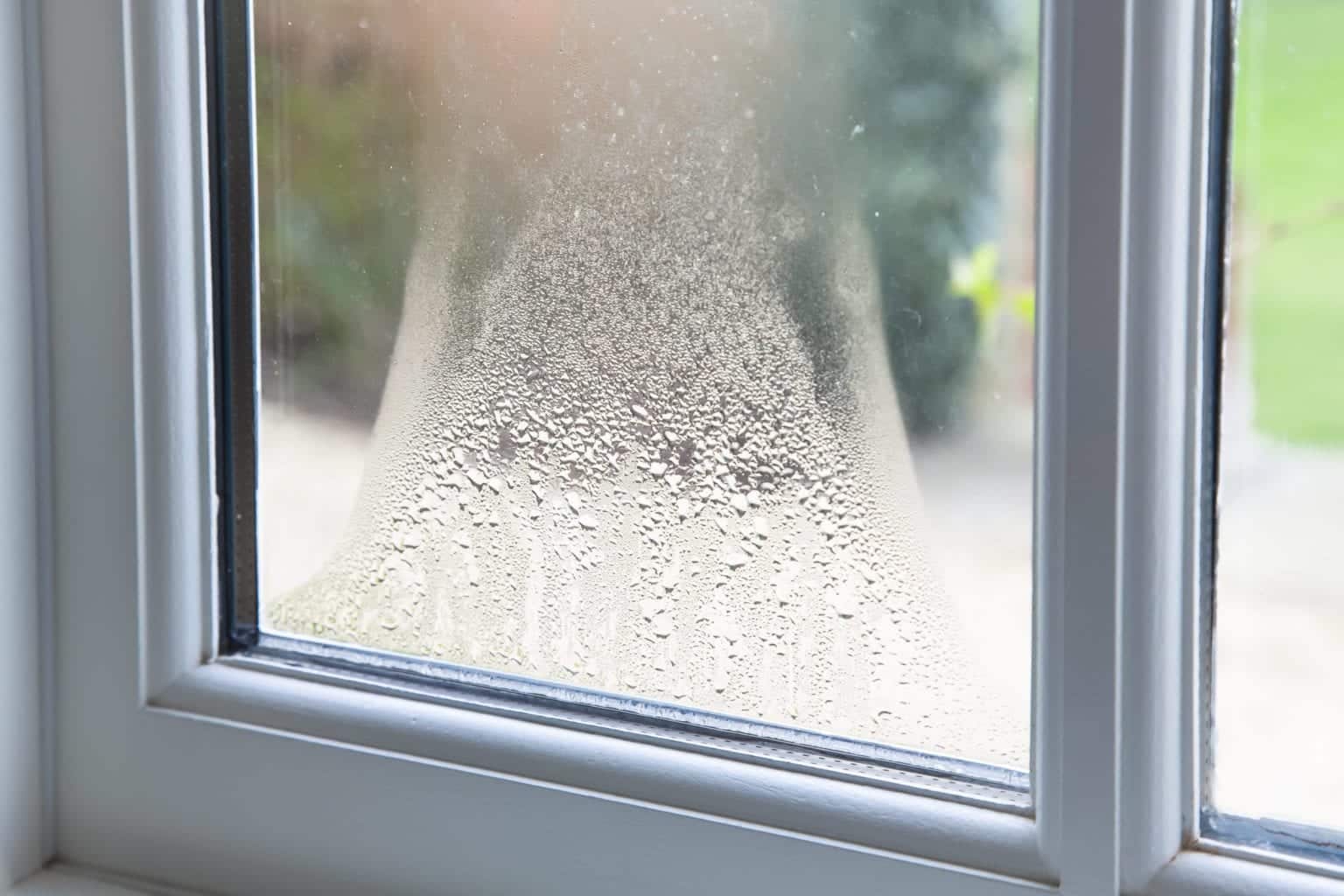

0 thoughts on “How To Clean Inside Of Dishwasher”